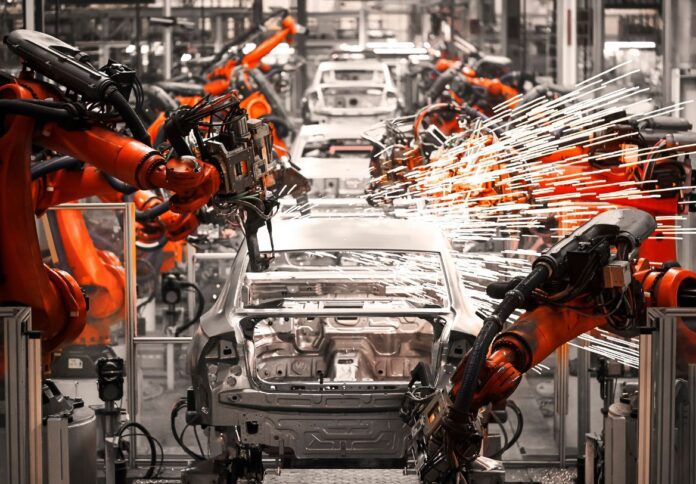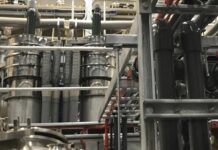
The Caixin China General Manufacturing PMI has slipped from 51.0 in August to 50.6 at the end of the third quarter, suggesting a marginal improvement and marking the second consecutive month of enhanced sector health.
Manufacturing expanded at the fastest rate in four months, driven by a moderate increase in new business, and the decline in new export work has slowed, with foreign sales experiencing a slight drop in September.
“The Caixin China General Manufacturing PMI came in at 50.6 in September, down 0.4 points from the previous month and marking the fourth time it has been above 50 in the past five months, as the manufacturing sector continued a slow recovery,” stated Dr Wang Zhe, senior economist at Caixin Insight Group.
However, confidence in the year ahead remains relatively subdued, leading to a decrease in employment in Chinese manufacturing plants.
Prices data indicates a quicker rise in average input costs, marking the fastest increase since January. Consequently, manufacturers raised their prices in September, ending a six-month period of decline.
Chinese manufacturers reported increased output in September for the second consecutive month, with growth rates reaching a four-month high.
Some firms attributed the increase to rising demand, while others noted that production had rebounded after unusually high temperatures in August had led to temporary work stoppages.
“Overall, the manufacturing sector continued to recover slowly in September. Supply and demand both expanded, price gauges rose, and purchases and raw material inventories increased steadily. However, external demand was weak, employment came under pressure, and business optimism fell to a one-year low,” Dr Zhe noted.
Total new work also rose for the second consecutive month, mainly due to stronger domestic demand, despite a drop in overseas orders. New export business fell at a marginal rate, the slowest in three months.
After a rise in August, manufacturing employment in China declined in September, primarily due to cost-cutting measures and not replacing voluntary departures. This resulted in a further increase in outstanding business, although capacity pressures remained mild overall.
Higher production requirements led to a slight increase in purchasing activity in September, while inventories of finished items and inputs also expanded marginally.
The average delivery time for purchased items saw a slight increase in September, following improvements in supply chains during August, which were hampered by poor weather conditions in some areas.
Price pressures increased in September due to higher raw material costs, with input prices experiencing the fastest rise since January.
Firms responded to these cost pressures by raising their selling prices for the first time in seven months, marking the most significant increase since March 2022.
While manufacturers anticipate output growth in the coming year, confidence levels dipped to a 12-month low.
While optimism is supported by expectations of increased customer demand and investments in new equipment and product lines, concerns about global economic conditions are tempering overall growth forecasts.




















